Lockhart Family Crests. Which Lockhart is your family?
You searched for 'Lockhart', but there are 22 families with that name in our historic records. Do you know where your family came from, recognise the name of an ancestor or see your crest? If so, please click on your family from the list below..
SELECT YOUR CREST TO SEE AVAILABLE SILVER
AND REGISTER FOR SALE ALERTS
-
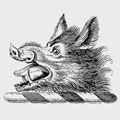 Eliott-Lockhart
Eliott-Lockhart
William, Esquire, of Cleghorn, Lanarkshire :
"Sine labe fides"
"Hoc majorum opus"
Select
-
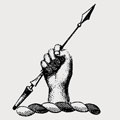 Eliott-Lockhart
Eliott-Lockhart
William, Esquire, of Cleghorn, Lanarkshire :
"Sine labe fides"
"Hoc majorum opus"
Select
-
 Elliott-Lockhart
Elliott-Lockhart
Borthwickbrae, Selkirk :
"Sine labe fides"
"Hoc majorum opus"
Select
-
 Elliott-Lockhart
Elliott-Lockhart
William, Clegg Hall, Lanarkshire:
"Sine labe fides"
"Hoc majorum opus"
Select
-
 Elliott-Lockhart
Elliott-Lockhart
Borthwickbrae, Selkirk :
"Sine labe fides"
"Hoc majorum opus"
Select
-
 Elliott-Lockhart
Elliott-Lockhart
William, Clegg Hall, Lanarkshire:
"Sine labe fides"
"Hoc majorum opus"
Select
-
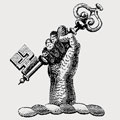 Lockhart
Lockhart
Scotland
"Corda serata pando"
Select
-
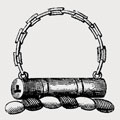 Lockhart
Lockhart
Scotland
"Hoc secunor"
Select
-
 Lockhart
Lockhart
Sir Simon, Baronet., D.L., of the Lee and Carnwath,…
"Corda serata pando"
Select
-
 Lockhart
Lockhart
Birkhill, Lanarkshire, Scotland
"Feroci fortior"
Select
-
 Lockhart
Lockhart
Cleghorn. Lanarkshire, Scotland
"Sine labe fides"
Select
-
 Lockhart
Lockhart
Scotland
"Corda serata pando"
Select
-
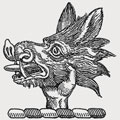 Lockhart
Lockhart
"Sine labe fides"
Select
-
 Lockhart
Lockhart
Major-General David Blair, Milton Lockhart, Carluke,…
"Feroci fortior"
"Corda serata pando"
Select
-
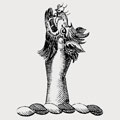 Lockhart
Lockhart
"Sine labe fides"
Select
-
 Lockhart
Lockhart
Kirktoun, Lanarkshire, Scotland
"Feroci fortior"
Select
-
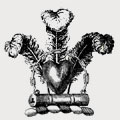 Lockhart
Lockhart
Clan- Lockhart- badge
Select
-
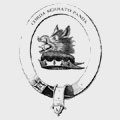 Lockhart
Lockhart
Clan-Lockhart- the following crest maybe used by members…
"Corda serrata pando"
Select
-
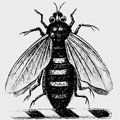 Lockhart-Whitelaw
Lockhart-Whitelaw
Captain Grseme Alexander, Strathallan Castle, Perthshire
"Solertia ditat"
Select
-
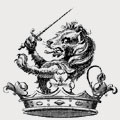 Lockhart-Wishart
Lockhart-Wishart
Count :
"Corda serata pando"
Select
-
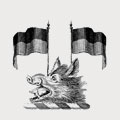 Lockhart-Wishart
Lockhart-Wishart
Count :
"Corda serata pando"
Select
-
 Sinclair-Lockhart
Sinclair-Lockhart
Major-General Sir Graeme Alexander, Cambusnethan House,…
"Corda serata pando"
Select
Lockhart
Family History
The earliest paper record of this family is a charter from 1323 regarding the rent payable in respect of the lands of Lee and Cartland by Sir Symon Locard, 2nd of Lee.
He had been knighted for his services fighting alongside Robert the Bruce against the English and he was one of the knights who took Bruce's heart on Crusade in 1329. Sir James Douglas carried the heart in a casket and Sir Simon carried the casket key.
In recognition of this honour the family name changed to Lockhart and a fetterlock was incorporated into the arms together with the motto "Corda serrata pando" which translates as "I open locked hearts".
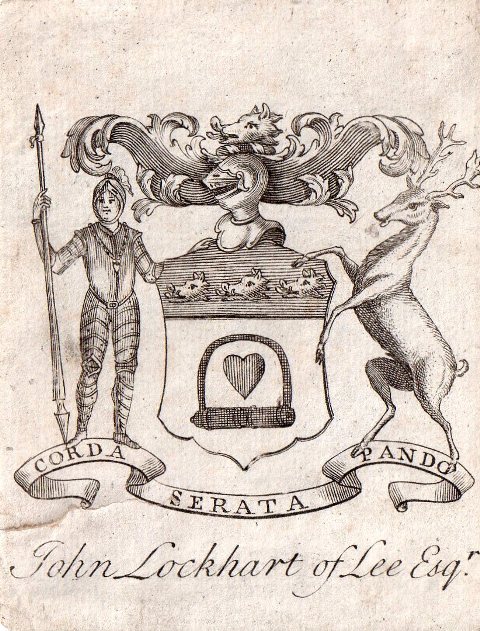
The family held substantial landed estates in Lanarkshire and Ayrshire and all of the Lockhart crests listed above are from branches of the same family; the senior line being that of Lockhart of Lee.
The family was prominent in political and legal affairs in Scotland throughout the last 700 years, often showing significant loyalty to the Stuarts and, in time, Jacobite sympathies.
Sir James Lockhart, 12th of Lee (1596-1674) was knighted by James VI and I in 1623 and appointed a gentleman of the Privy Chamber by Charles I and joined the Supreme Court Bench as Lord Lee in 1646. A staunch royalist he was captured in 1651 and sent to the Tower of London where he was kept for several years until his eldest son obtained his release. He married Martha Douglas, the daughter of George Douglas of Mordington. She was a maid of honour to the wife of Charles I, Henrietta Maria.
His eldest son, Sir William fought on the royalist side at the battle of Worcester in 1651 but subsequently married Cromwell's neice, Robina Sewster, and was appointed Ambassador to the France. He was a man of considerable diplomatic ability and upon his dismissal at the restoration, Cardinal Mazarin offered to make him a Mareschal of France. He died in the Netherlands in 1675.
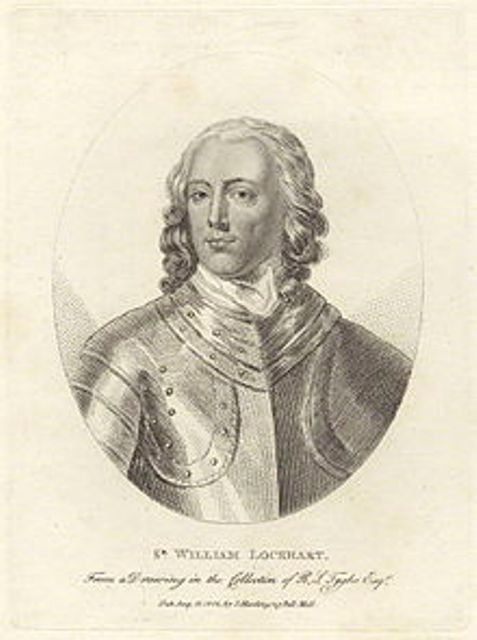
Sir William's younger brothers both became eminent lawyers.
Sir George Lockhart becoming President of the Council before being murdered by the aggrieved husband in a divorce case upon which he had adjudicated. He acquired the Carnwath estate.
His son, George Lockhart of Carnwath, a prominent Jacobite was appointed the Jacobite Commissioner for the Act of Union in 1706 and famously left London the day before the Act could be signed as he did not wish to put his name to it. He became a leader of the Jacobite underground and an assiduous pamphleteer. His papers were subsequently published as "The Lockhart Papers". For further details see Daniel Szechi's "George Lockhart of Carnwath, 1689-1727 - A study in Jacobitism". Tuckwell Press 2002. He married Fergusia, daughter and heir of Sir George Wishart Bt of Clifton Hall, Edinburgh
George Lockhart’s eldest son, also called George (1726-?) was aide de camp to the young pretender and escaped to France after the 1745 rebellion; for which he was attainted. In 1749 he was sent to Rome to solicit funds from the Pope for the Young Pretender.
His younger son, James (1727-90) served in the Austrian Imperial army of Empress Maria Theresa and rose to Major General and created a Count of the Holy Roman Empire as Count Lockhart-Wishart. In 1785 George III was “pleased to approve and allow to James Lockhart-Wishart Esq. And his heirs, the dignity, title and armorial bearings of a Count of the Holy Roman Empire”. He succeeded his brother in the Carnwath estates and in the Lee estates upon the death of his cousin. However his only son also died without issue and the estates passed to a cousin and the title became extinct. Count Lockhart-Wishart commissioned 3 splendid bookplates in the trophy style during his life and courtesy of Anthony Pincott of the bookplate society (www.bookplatesociety.org) the last and most splendid is shown below.
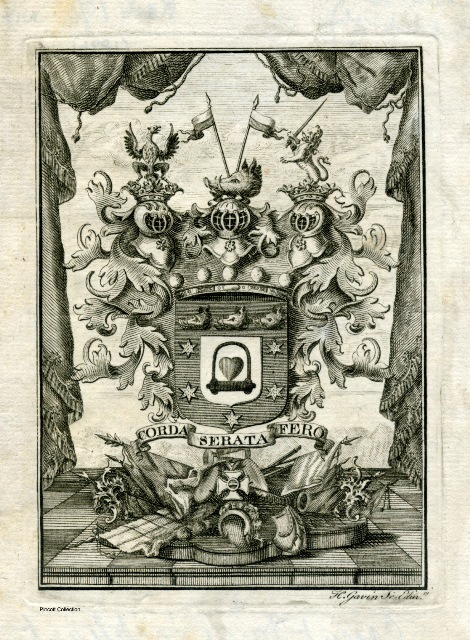
Lord Lee’s third son, Sir John Lockhart 1624-1694, (shown below in a portrait circa 1690 in the possession of the author) became as Lord Castlehill, a senior judge in Edinburgh and owner of the Castlehill and Cambusnethan estates. His daughter and heiress, commonly called in the fashion of the time “my lady Castlehill”, having married Sir John Sinclair of Stevenson, Bart left the Castlehill and Cambusnethan estates to her heirs male not inheriting the Sinclair estates. Her second son, John Sinclair, changed his name to Lockhart upon inheriting and having only 3 daughters (one of whom married William Morehead of Herbertshire – see that family) the estates passed to his brother the law lord , Lord Woodhall, and then to a nephew; this line eventually succeeding to the Sinclair baronetcy and becoming the Sinclair-Lockhart baronets, one of whom was painted by Raeburn. Glasgow museum has Lady Castlehill’s cookery book from Cambusnethan and it was published in 1976.
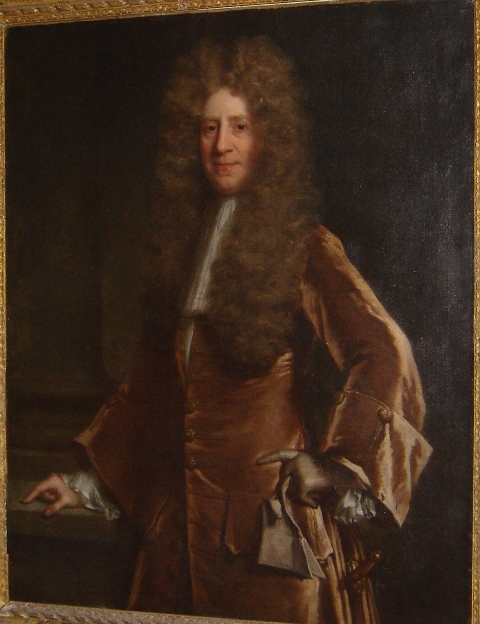
Although the Lockharts are a lowland family they are now recognised by the Lord Lyon as a clan and the current chief is Angus Lockhart of the Lee.
The website www.lockharts.com is a good place to start on Lockhart genealogy.
The author must declare an interest as a descendant of Lord Castlehill.
SNBM